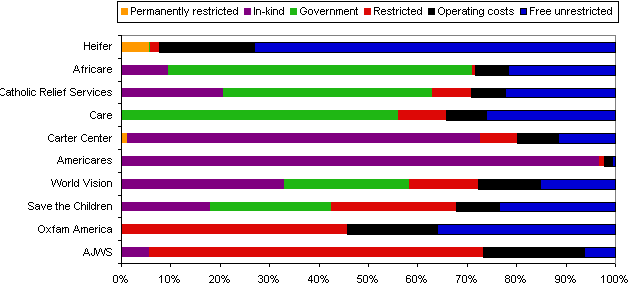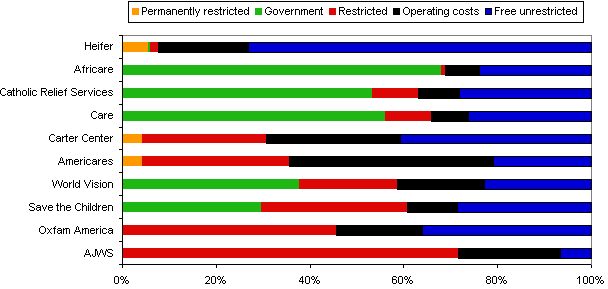We previously discussed some simple ways to get at the difficult question of “room for more funding.” One approach that has been more difficult than expected is asking charities themselves to help figure out where more funds are likely to go – answers tend to be vague and tend to target what the charities think we want to hear. How to get specific, concrete, and credible info?
One approach can work specifically for grantmaking charities, i.e., charities that pool donations and make large grants to other organizations. Grantmaking charities are more common than you might think in international aid – arguably any large organization like UNICEF or CARE can be thought of as making grants from its central office to its many projects around the world.
The question we ask such charities is: Can you share examples of strong grant proposals that went underfunded – or rejected – because of insufficient funds?
This is a very different request from asking for rejected grant proposals. An organization may be funding a small percentage of grant proposals, while still funding all reasonable ones. However, an organization that can show proposals that are both strong and underfunded is making a strong case that it has room for more funding.
The Against Malaria Foundation, our 3rd-ranked international aid charity, gave a stellar response to this request. At its GiveWell review, you can see both approved and rejected proposals, and it seems fairly clear that funds are indeed the bottleneck to approving distribution of more insecticide-treated nets.
Asking for a grantmaking organization’s “best unfunded grant proposals” is a pretty simple idea. But you won’t see it requested in any tax return, included in any online charity information database, or mentioned in any of the various impact/outcomes frameworks that various nonprofit sector actors are putting together. Evidence that the “room for more funding” question is largely neglected as of today.


